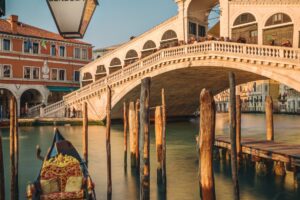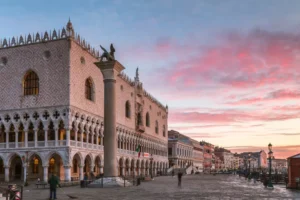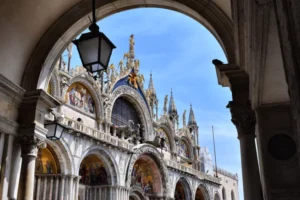
Venice Unveils Innovative Accessibility Plan for Enhanced City Access
Under a new, game-changing plan, Venice’s best sites and public spaces will become more accessible to those who have difficulty climbing stairs and may use a cane or wheelchair.
Read More 



